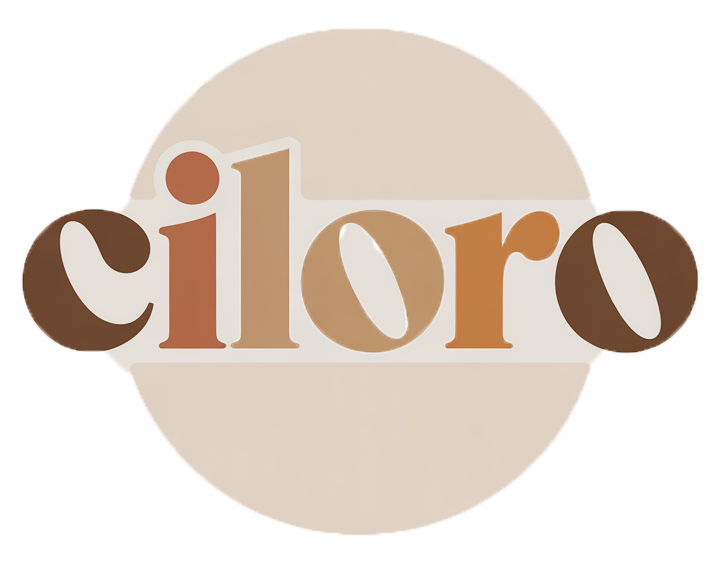Combine Modern and Vintage Decor for a Unique Home Aesthetic
Combining modern and vintage decor styles has become a popular trend in home design, appealing to those who appreciate the charm of history alongside the sleekness of contemporary aesthetics. This blend allows homeowners to create spaces that are not only visually striking but also rich with personal stories and memories. The emotional connection to vintage items, coupled with the clean lines of modern design, results in a harmonious environment that reflects individual tastes.
This article aims to provide practical tips and inspiration for effortlessly merging these two distinct styles. By understanding the characteristics of both modern and vintage decor and applying key principles, anyone can achieve a cohesive look that is both functional and aesthetically pleasing.
Understanding Modern and Vintage Decor
Defining Modern Decor
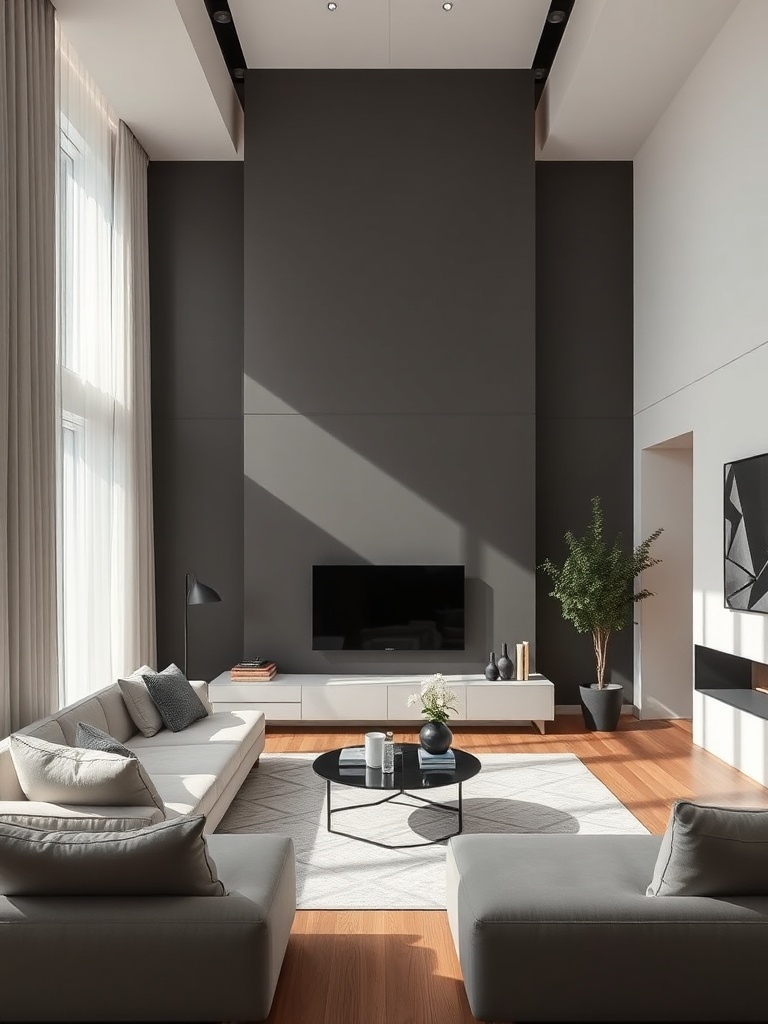
Modern decor is characterized by minimalism, featuring clean lines and a focus on functionality. Common elements include:
- Color Palette: Neutral tones such as whites, grays, and blacks.
- Materials: Use of glass, metal, and concrete.
- Design Principles: Simplicity and practicality are at the core of modern design.
Defining Vintage Decor
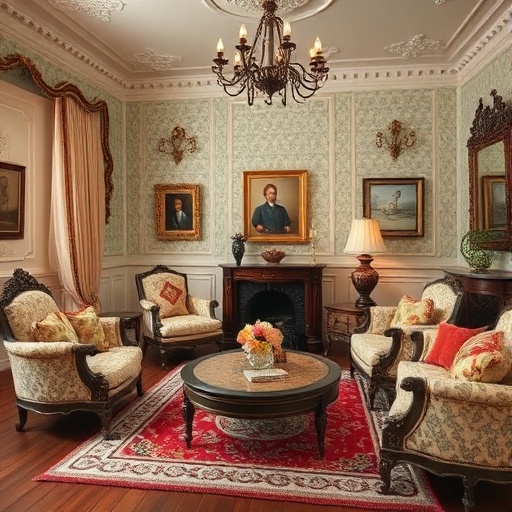
Vintage decor refers to items that are typically over 20 years old, often carrying historical significance. Its characteristics include:
- Ornate Details: Rich textures and intricate designs.
- Historical Context: Each piece tells a story from a specific era.
- Styles: Common vintage styles include mid-century modern, art deco, and shabby chic.
Why Combine Modern and Vintage?
Creating a Unique Aesthetic
Combining modern and vintage styles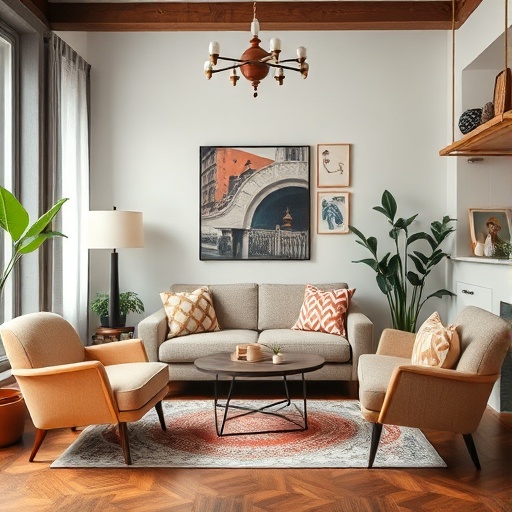
allows for a personalized space that reflects individual tastes. Mixing styles can create a charming narrative through decor items, making each piece a conversation starter.
Enhancing Functionality
When done correctly, the combination of modern and vintage pieces can enhance the functionality of a space. Modern items often serve practical purposes while vintage pieces add character and warmth.
Sustainability and Upcycling
Incorporating vintage decor is an eco-friendly choice that promotes sustainability. By reusing and upcycling older items, homeowners can reduce waste and contribute to a more sustainable lifestyle.
Key Principles for Combining Styles
Finding Common Ground
To create a cohesive look, it is essential to identify color palettes that work for both styles. Additionally, choosing shapes and materials that complement each other can help bridge the gap between modern and vintage elements.
Creating a Focal Point
A standout piece can anchor a room and draw attention. Suggestions for focal points include:
- Artwork
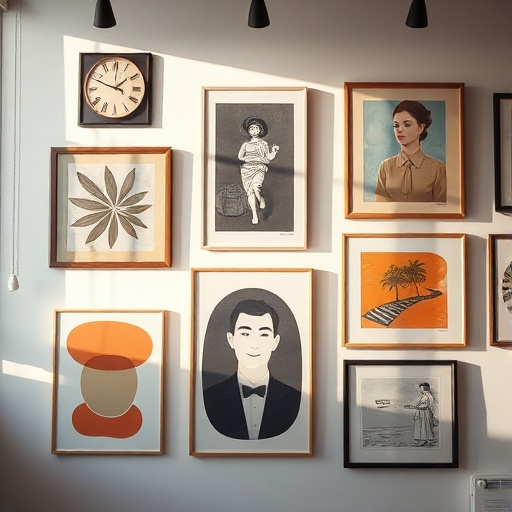
: A large piece that resonates with both styles. - Furniture: A vintage chair paired with a modern table.
- Decor Items: A unique sculpture that embodies both aesthetics.
Balancing Proportions
Maintaining visual balance is crucial when mixing styles. Consider the scale and size of each piece to create harmony within the space.
Tips for Effortless Combination
Start with a Neutral Base
Choosing a neutral color for walls and larger furniture pieces provides a versatile backdrop. This base allows for greater flexibility in decor choices, making it easier to mix styles without clashing.
Layering Textures
Texture adds depth and interest to a space. Consider incorporating a variety of materials such as:
- Wood
- Metal
- Fabric
- Ceramics
Mixing Patterns Wisely
When combining patterns from both styles, it’s important to consider the scale of each print. Large patterns can be paired with smaller ones to create a balanced look.
Room-by-Room Guide
Living Room
In the living room, vintage furniture can be beautifully complemented with modern accessories. Consider blending different seating styles, such as a mid-century modern sofa paired with contemporary accent chairs.
Bedroom
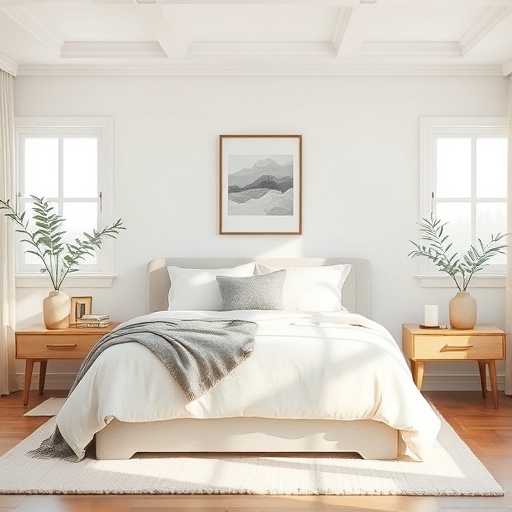
Combining vintage bedding with modern furniture can create a cozy and eclectic atmosphere. Layering different textures and patterns can enhance the overall aesthetic.
Kitchen
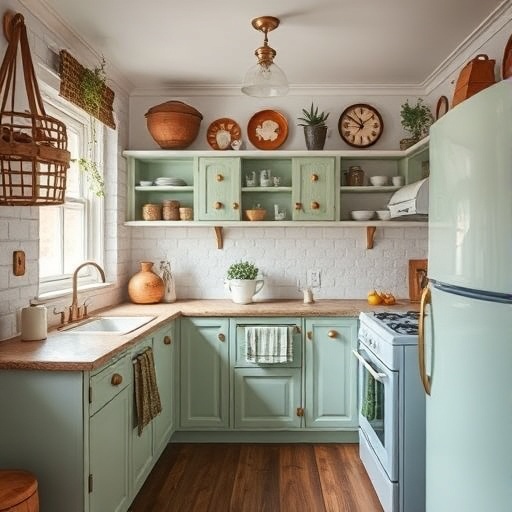
Mixing vintage kitchenware with contemporary appliances adds character to the kitchen. Open shelving can showcase both styles, creating a visually appealing display.
Bathroom
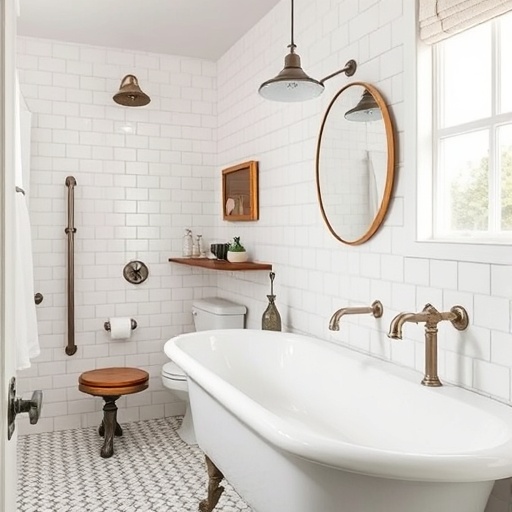
Incorporate vintage mirrors and fixtures into a modern bathroom setting. Consider color schemes that blend both styles, such as soft pastels with bold modern accents.
Home Office
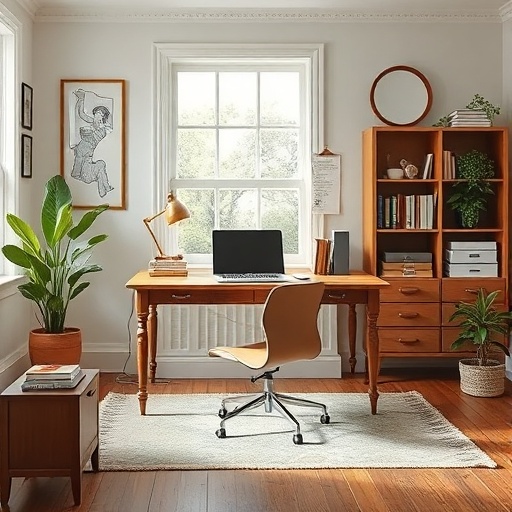
A productive home office can feature a vintage desk alongside modern technology. Organizing items while maintaining style is key to creating an inspiring workspace.
Accessorizing to Bridge Styles
Artwork
Selecting art that reflects both modern and vintage aesthetics can tie a room together. Consider creating a gallery wall that mixes different styles for added interest.
Lighting
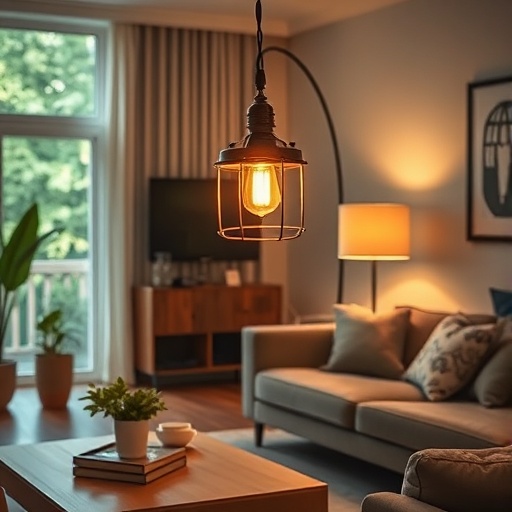
Lighting plays a crucial role in setting the mood of a space. Combining vintage lamps with modern fixtures can create an inviting atmosphere.
Plants and Greenery
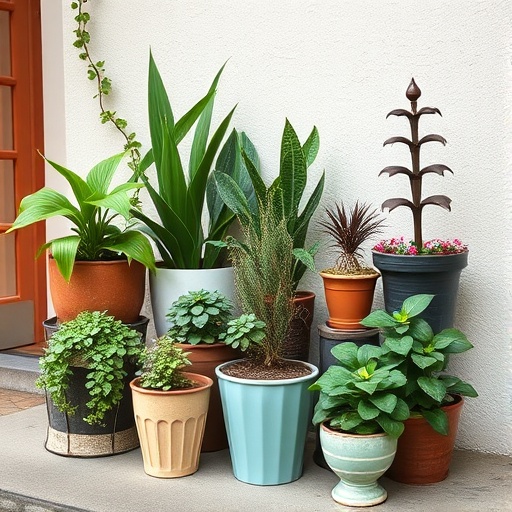
Incorporating plants adds life to the decor. Using vintage planters with modern plants can seamlessly blend the two styles.
Common Mistakes to Avoid
Overloading on Vintage or Modern
Striking a balance between modern and vintage is essential. Overloading on one style can lead to a disjointed look. Signs that a space is leaning too heavily towards one style include:
- Overcrowded visuals
- Lack of cohesion
Ignoring Scale and Proportion
Mismatched sizes can disrupt the harmony of a room. Take time to assess the scale of each piece to ensure they work well together.
Lack of Cohesion
Maintaining a cohesive look across different styles is vital. A unifying theme or color palette can help achieve this goal.
Final Thoughts
Embracing Individuality
Home decor is a personal journey, and experimenting with different styles can lead to the discovery of one's unique taste. The joy of curating a space that reflects individual preferences is truly rewarding.
Continuous Evolution
Understanding that decor can evolve over time allows for adaptability. As styles change, refreshing a space can keep it feeling vibrant and relevant.
Conclusion
Combining modern and vintage decor offers numerous benefits, including a personalized aesthetic that tells a story. By following practical tips and principles, anyone can blend these styles effortlessly, resulting in a home that is both functional and beautiful.
Key Takeaways
- Understand the characteristics of both modern and vintage decor.
- Find common ground in color palettes and materials.
- Create a focal point to anchor your space.
- Avoid overloading on one style to maintain balance.
- Incorporate textures and patterns thoughtfully.
- Embrace individuality and allow your decor to evolve over time.
FAQ
Question
What are some key characteristics of modern decor?
Modern decor is known for its minimalism, clean lines, and use of neutral colors, often featuring materials like glass, metal, and concrete.
Question
How can I incorporate vintage decor into a modern space?
Consider adding vintage furniture or accessories as accent pieces. Look for items that complement the modern elements in your decor.
Question
What are some common mistakes when combining styles?
Common mistakes include overloading on one style, ignoring scale and proportion, and lacking a cohesive theme throughout the space.
Question
How do I choose a focal point in a room?
Select a standout piece, such as a unique piece of artwork or a vintage piece of furniture that can draw the eye and anchor the room's design.
Question
Can I mix different vintage styles?
Yes, mixing different vintage styles can add depth and interest to your decor. Just ensure there is a unifying theme or color palette to maintain cohesion.
